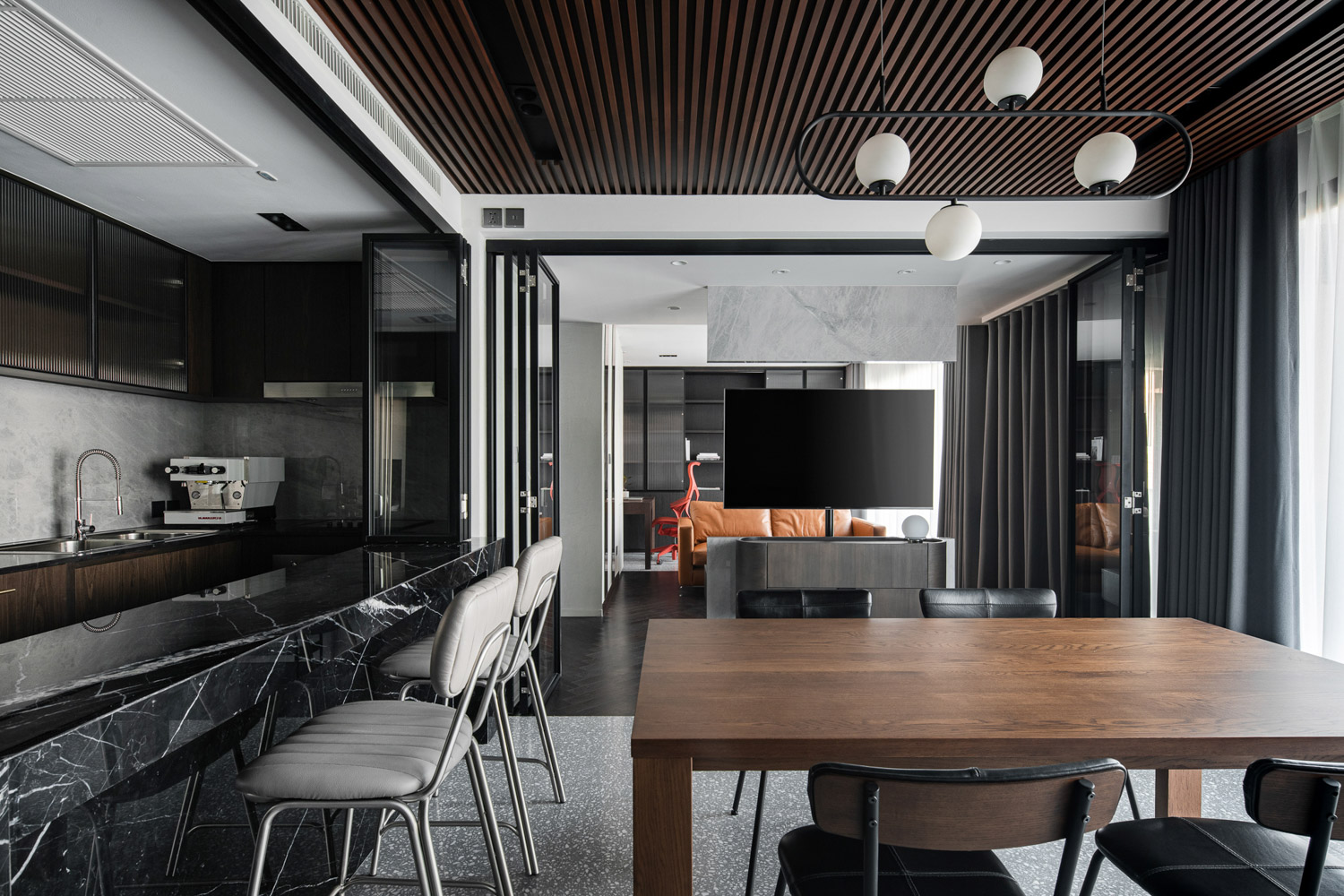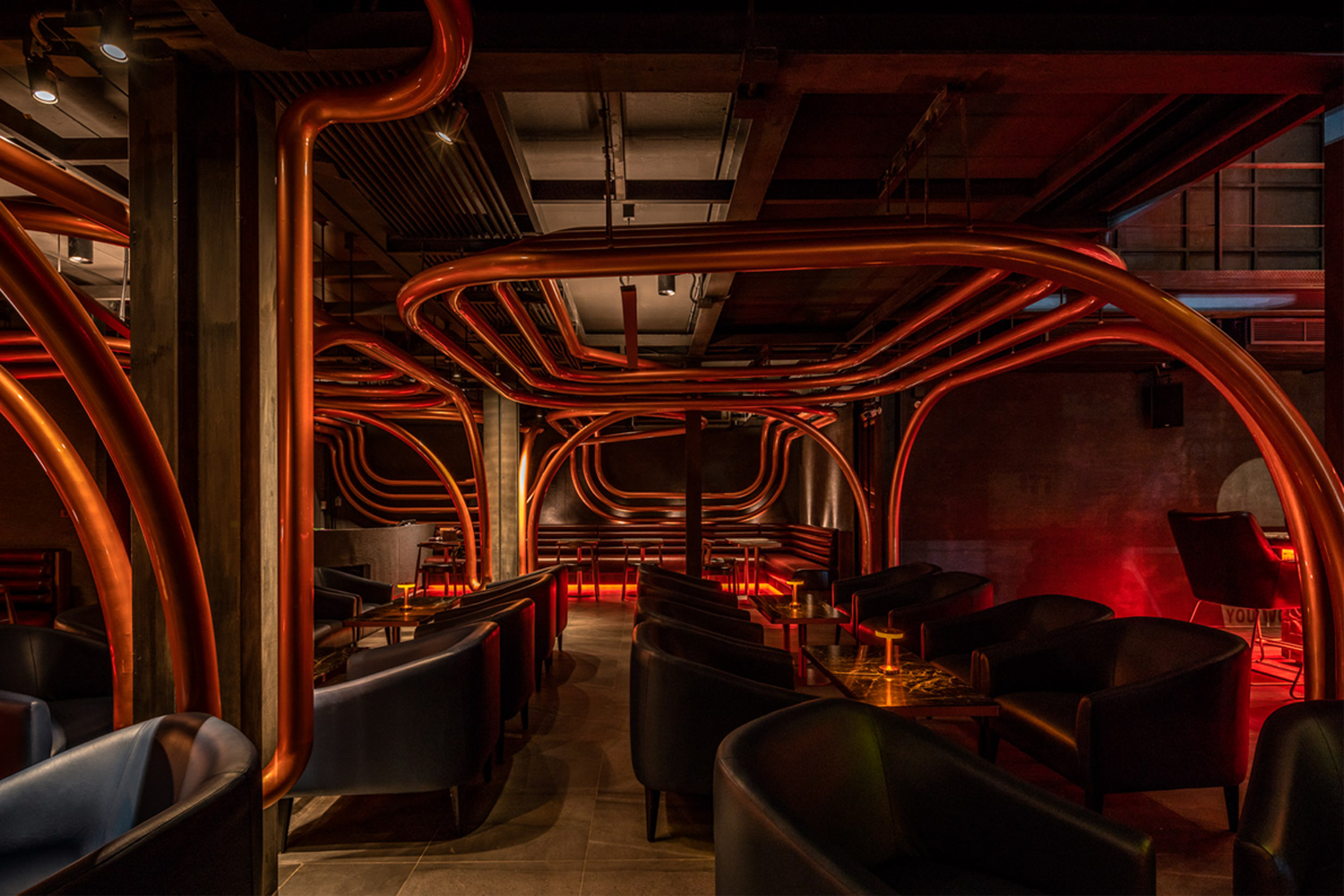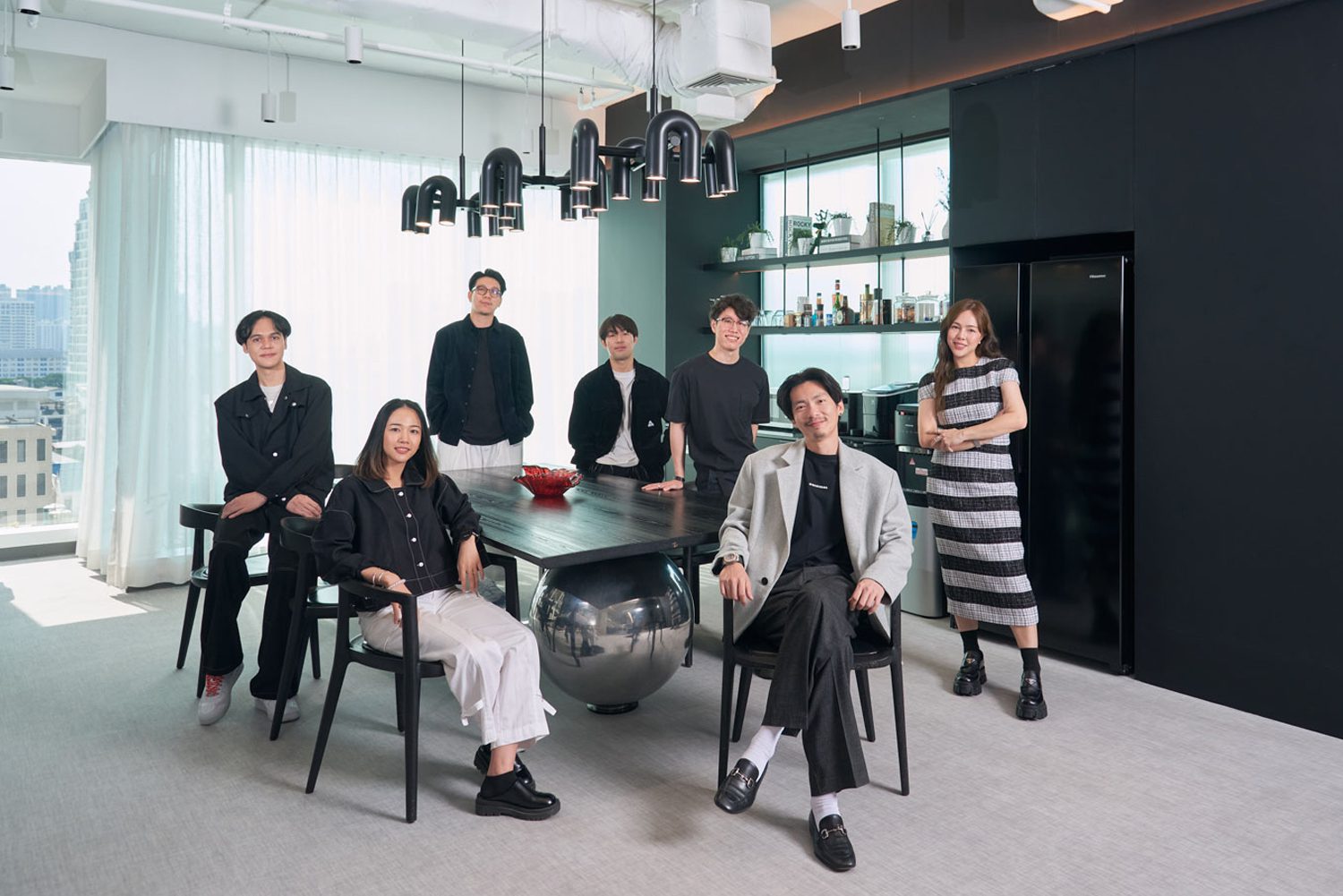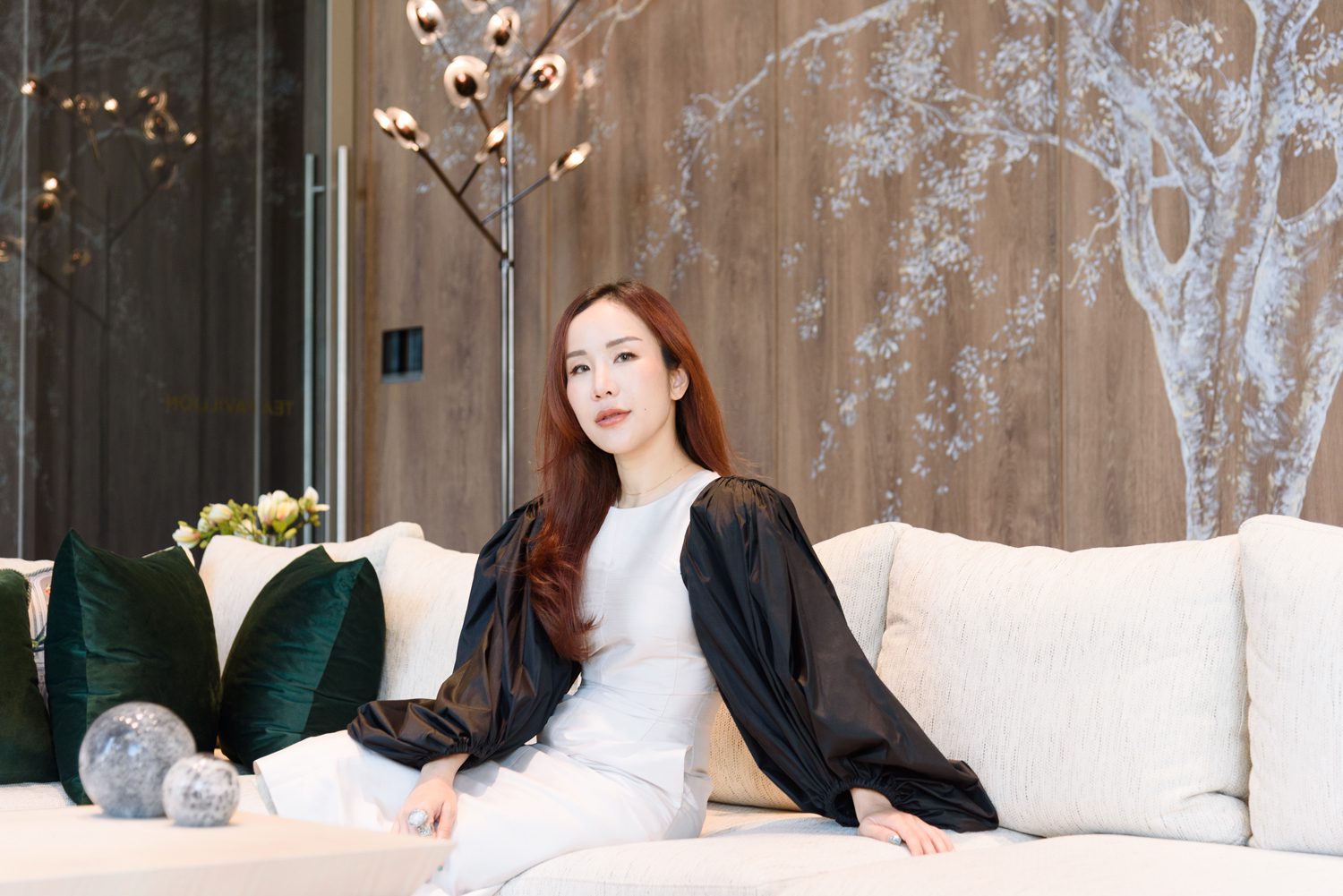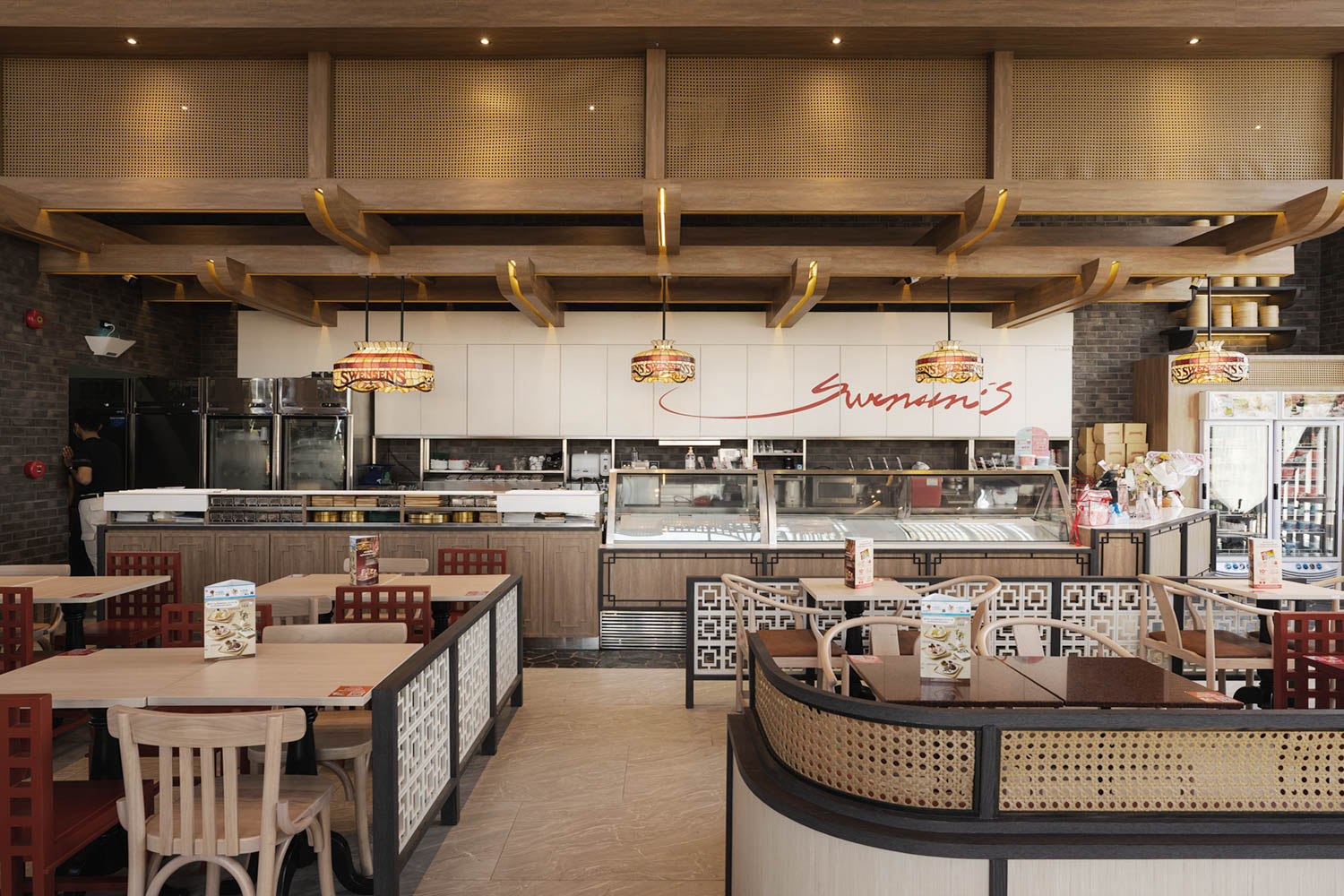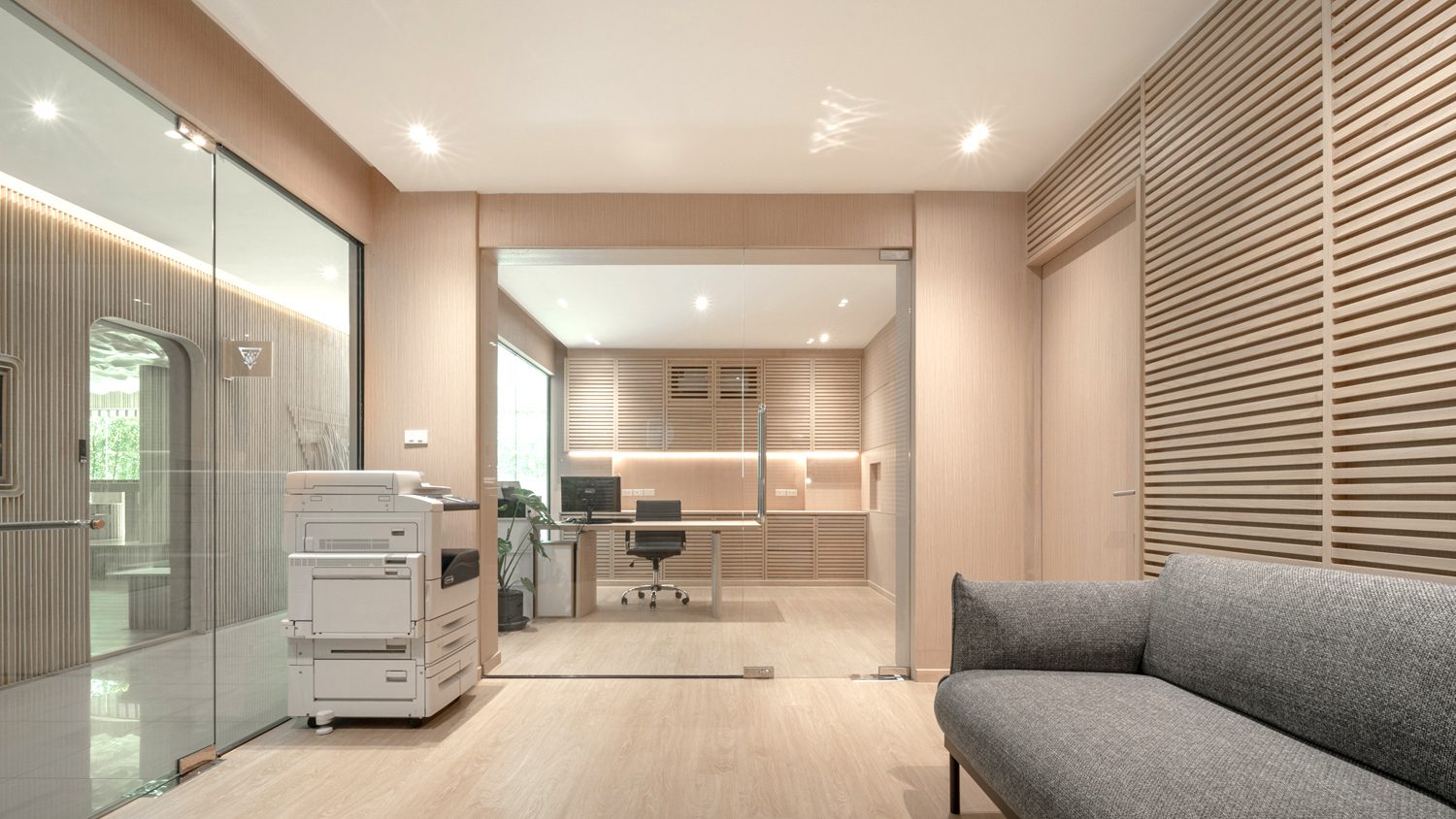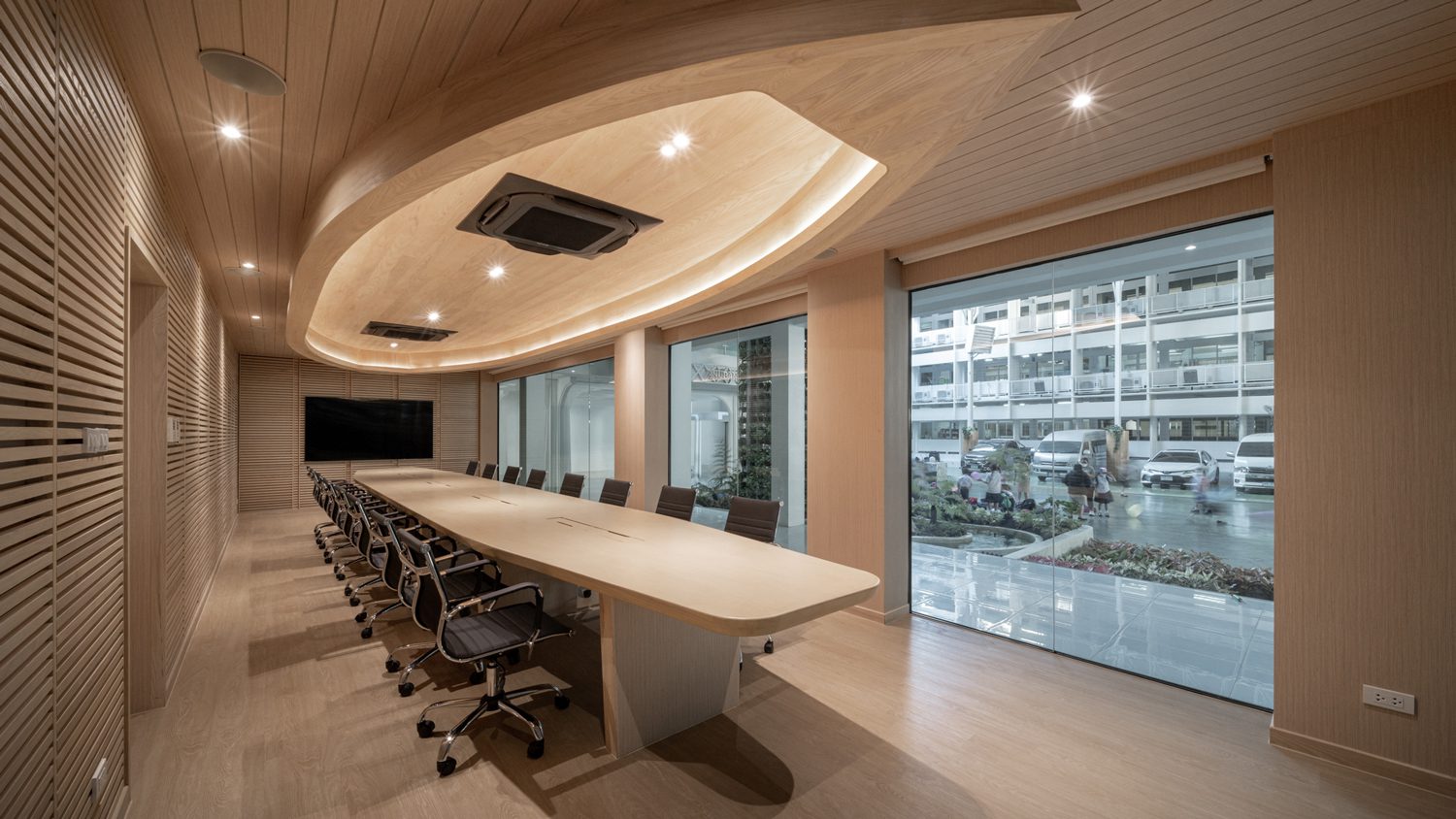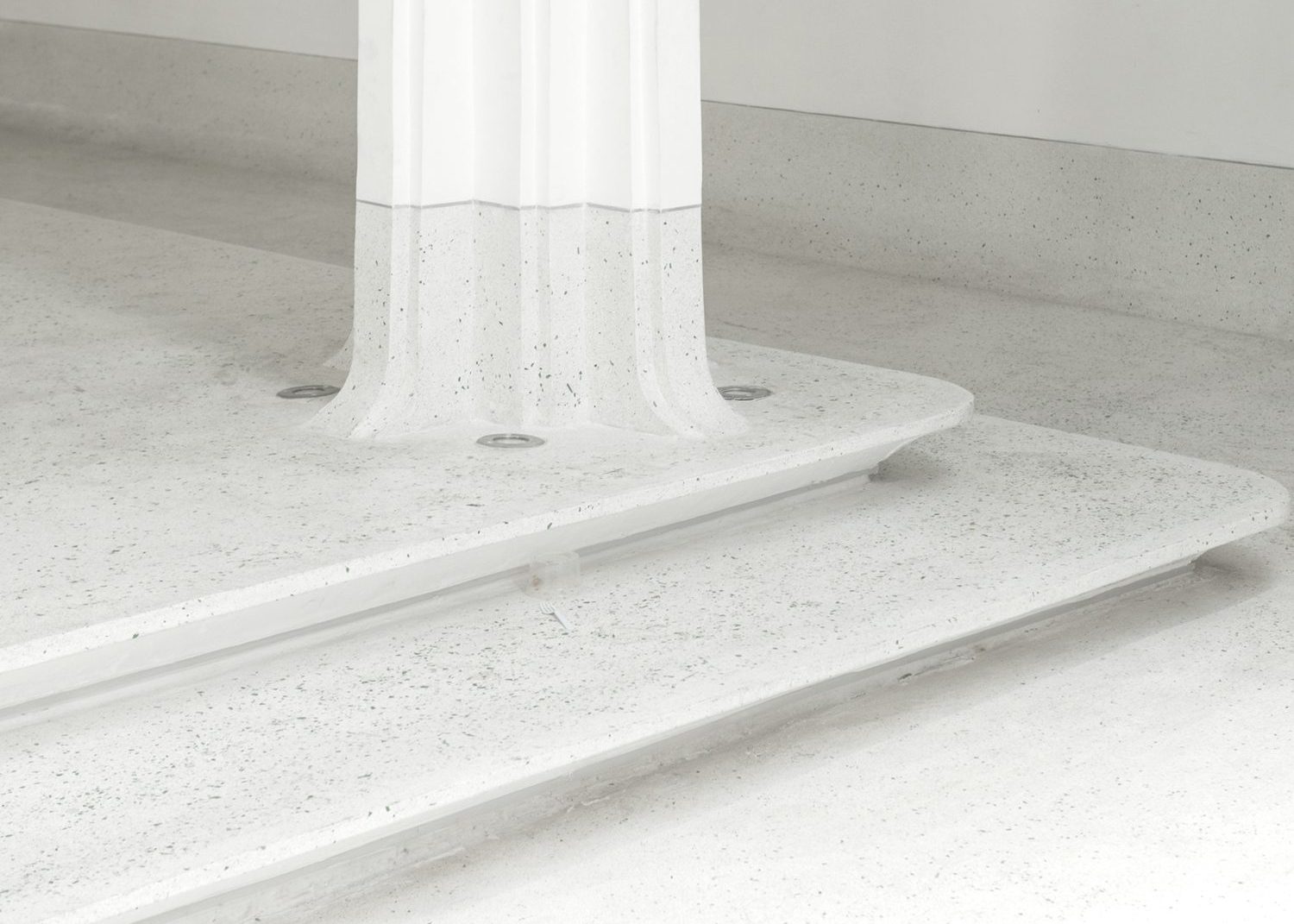Tag: interior design
GODMOTHER STUDIO
INTERESTED IN VARIOUS DESIGN DISCIPLINES, THE STUDIO BELIEVES THAT THEIR DESIGNS ARE EXPERIMENTATION WITH ABSTRACT CONCEPTS TO CREATE TANGIBLE EXPERIENCES
YAAF DESIGN
YAAF DESIGN IS A THAI INTERIOR STUDIO THAT FOCUSES ON DESIGNING THE WORKPLACE TO BE A SUPPORTIVE ENVIRONMENT FOR THE USERS AND TO DRIVE THE ORGANIZATION FORWARD
VAIR
ART4D HAD A CONVERSATION WITH VAIR, A THAI INTERIOR DESIGN STUDIO ABOUT THE STUDIO’S IDENTITY AND CONVICTION TO CREATE UNIQUE DESIGNS AND BREAK CONVENTION WITH MATERIAL AND DETAILS
SOUTHSON DESIGN
GET TO KNOW THE STUDIO OF THE ‘ SON OF THE SOUTH ’ STORYTELLER WHO LOVES TO EXPLORE NEW CONCEPTS
ANUBAN SAMUTSAKHON SCHOOL
CONTEXT STUDIO OFFERS A NEW IMAGE OF PUBLIC SCHOOLS BY TRANSFORMING THE SPACE TO BE SUITABLE FOR LEARNING EXPERIENCES FOR BOTH STUDENTS AND TEACHERS THROUGH THE ‘OCEAN’ DESIGN CONCEPT
TEXT: PICHAPOHN SINGNIMITTRAKUL
PHOTO: DOF SKY|GROUND
(For Thai, press here)
It is not often that we see a public school invest in architectural design and decoration with the intention that these built environments will help improve the children’s learning ability and playing experiences, not to mention doing it at the level of a good private school. But the Samutsakorn Public School, also known as Anuban Samutsakhon School, shows how important it is to put money toward improving the school’s architecture and functional spaces. The improvement has stunned many parents and passersby, even having them wonder if this is actually a space inside a Thai public school.

Badintra Balankura of Context Studio, the project’s architect, talked about a conversation he had with the school’s director: “When the school’s director called us, I was surprised. Because, to me and many others, it is unusual to see a public school invest money towards its architecture. I personally have never seen anything like this. After having a serious conversation with the director, I discovered that the province’s governor was partially responsible for this renovation because he wanted to see the public schools in the province have top-notch learning environments that would enhance both the children’s experience and the province’s image and reputation. The director also agreed with the idea of designing functional spaces that would serve as a tool to help prepare the children for life outside of school. The design is also intended to instill a sense of pride in the students and alumni.”

The school’s location, which is only 200 meters from the mouth of the Tha Chin River.
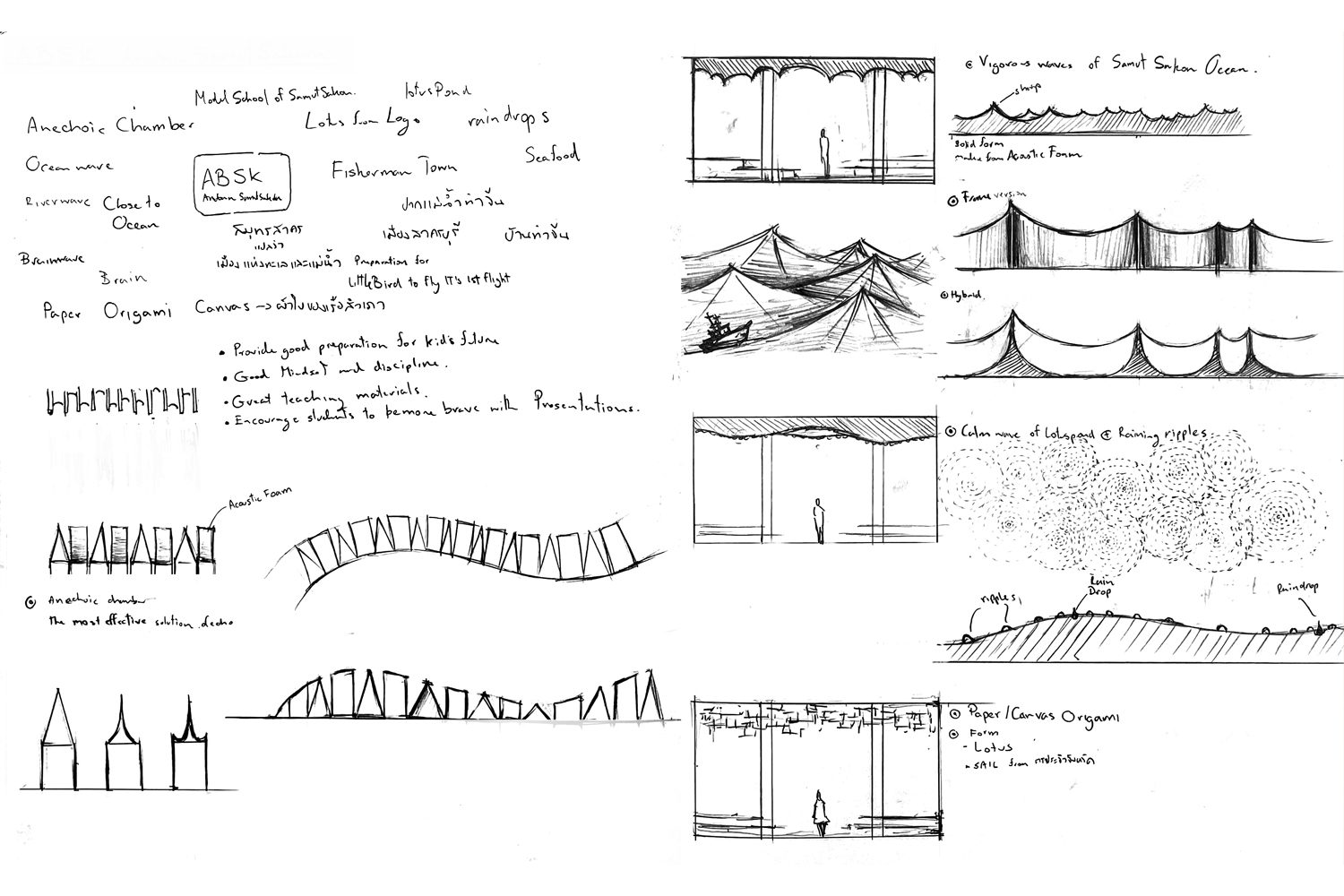
The final few sentences about creating a space that would help prepare the children for the real world became the essence of the design concept, which compares the experience to a ship’s embarkation into the ocean. The concept also corresponds with the province’s prominent fishery industry and the school’s location, which is only 200 meters from the mouth of the Tha Chin River, situated almost directly on the gulf. The river and water thus plays an important role in the design. The renovation includes the multipurpose classroom, the hall beneath the elevated floor of the building, and the faculty office.


“The multifunctional classroom, or what the teachers refer to as the ‘presentation room,’ which has been carefully scheduled for the children from different classes to take turns using, depending on the subjects they’re learning, has to be the highlight of this project. We designed the surfaces of the walls and ceiling to have acoustic properties with functions that are more suitable for presentations with projectors and activities that require verbal communication and interactions. When we associated the design to the concept of water, the ceiling ended up looking like waves; quite intimidating-looking waves (laugh), though, because we wanted them to be able to absorb noise effectively,” explained Badintra about the design concept of the first section of the spatial program.
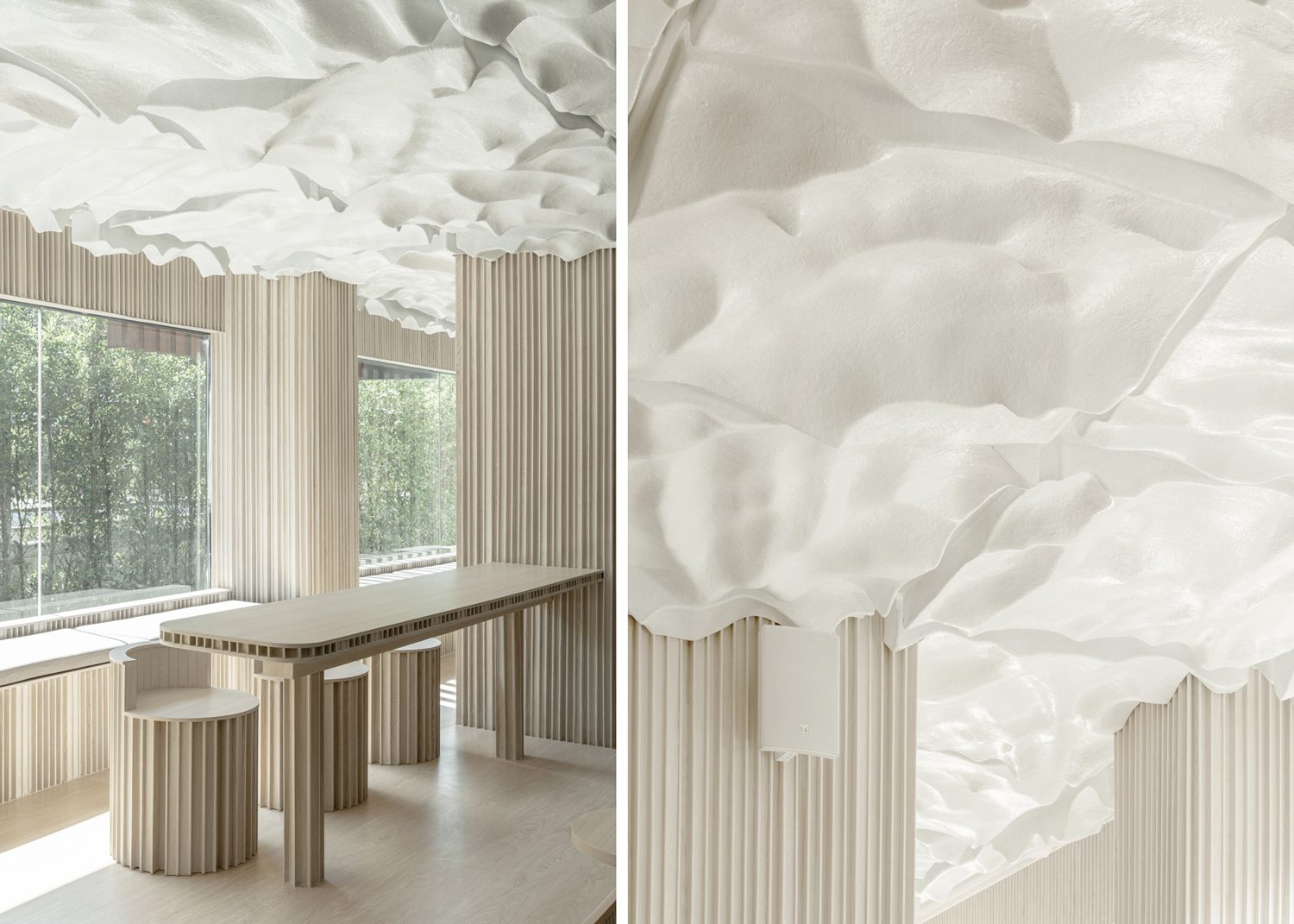
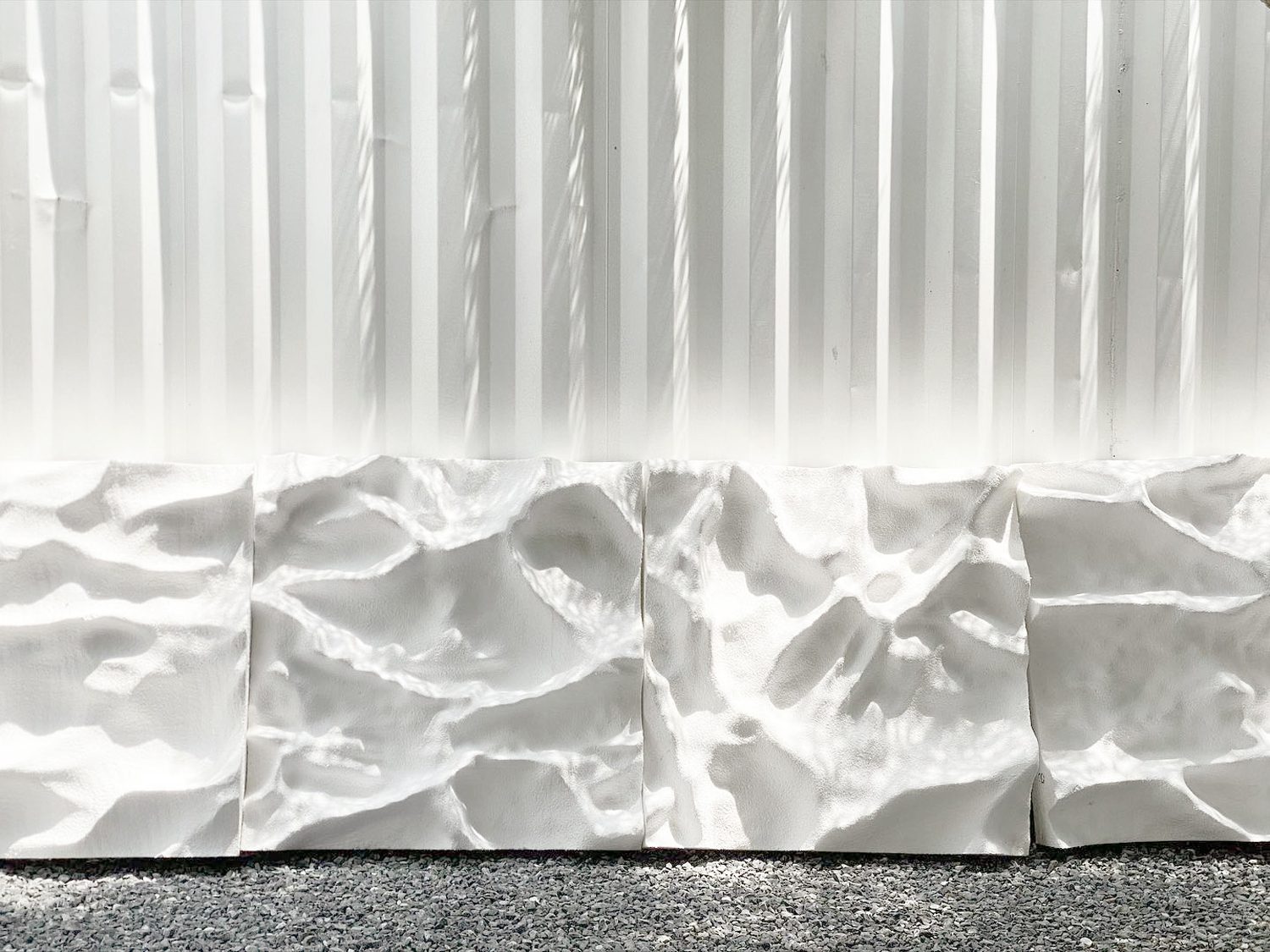
It wasn’t easy to design and build the ceiling to resemble intimidating-looking waves while still delivering the intended functions. The recurring spans between the waves required the design team to use Rhino software to work out the form of the ceiling. Sixteen variations were created, each with waves of varying lengths and enough repetitive spans to help reduce echoes. The CNC machine was used to create molds from the sixteen digital files. The molds were then used to cast the fiber glass tissue modules, which were then assembled into the undulating ceiling.


The multifunctional classroom’s floor and walls are made of a light-colored wood substitute to create a warm and welcoming atmosphere for the students. The wood finish reveals groove details, adding a fun dynamic to the room, which would otherwise be just a rectangular classroom with a plain surface. The grooves also contribute to the sound-absorbing property of the room, one of its primary functional requirements.
The faculty’s office, which also includes the director’s office and a meeting room, is designed to use the same material and color tone as the presentation room, with wood as the main material. The design of the building, which mimics the bottom of a large ship, incorporates elements of water and rivers. A highly skilled group of local ship builders constructed the ceiling, and the process itself was a cooperative effort that brought the province’s officials, the school, and the neighborhood together and strengthened community ties. The hall under the raised floor of the building is the area where the children play and engage in various activities. The ceiling is meant to look like the hollow cockpit of a ship. The curved and hollow features of the columns reduce the rigidity of other elements while lowering the risk of injury to the children as they run around the area. The renovated floor is constructed out of terrazzo that is partially made of glass scraps and gravels, allowing the children to see an example of an environmentally conscious effort through design.

“We’ve renovated a number of areas, and the school is planning to continue renovating other zones as well. The end result will undoubtedly distinguish the school from other public schools in Thailand. I admire everyone involved for recognizing the significance of spaces in children’s learning experiences, in addition to the curriculum. It would be amazing if other public schools could spare their budget to improve their spaces and facilities in the same way that Anuban Samutsakhon School has.”
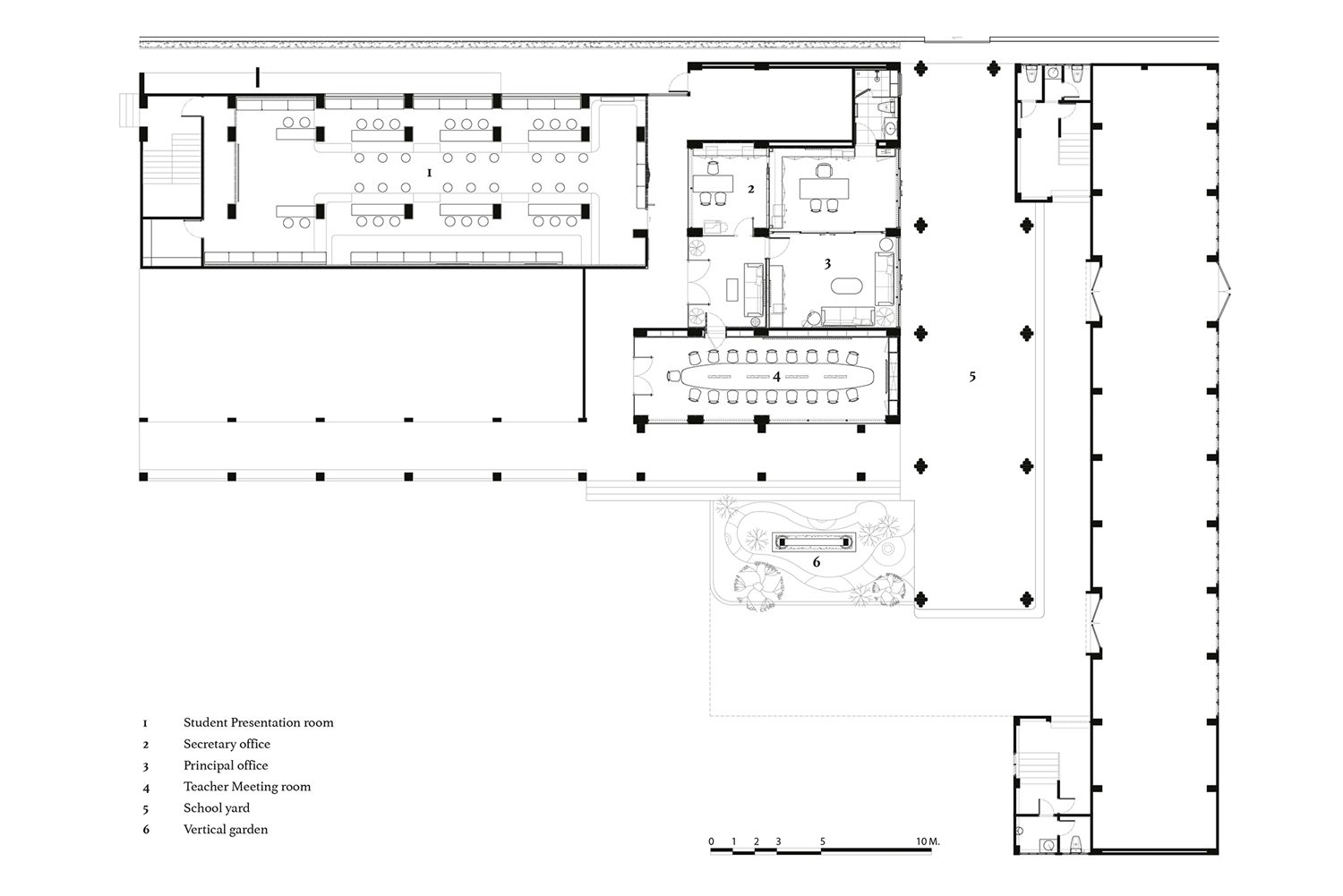
The ideas, concepts, and points of view that Badintra shared with us about the project, as well as how they differentiate Anuban Samutsakhon School from other public schools in such a positive and impressive way, made us realize how building a good school or influencing children to become accomplished people involves so many factors that go beyond issues such as budget and curriculum. These things involve adults’ visions and their willingness and ability to look at what today’s children want to learn. It is the responsibility of grownups, particularly teachers, to closely observe the children’s needs and interests. While architecture is not the only solution that contributes to a child’s good upbringing, its ability to create an environment that is conducive to children’s learning experiences and allows them to exercise and express their imagination will undoubtedly help motivate and foster their creativity, positive awareness, and interest in ways that are unquestionably superior to being forced to sit in a boxy classroom all day.
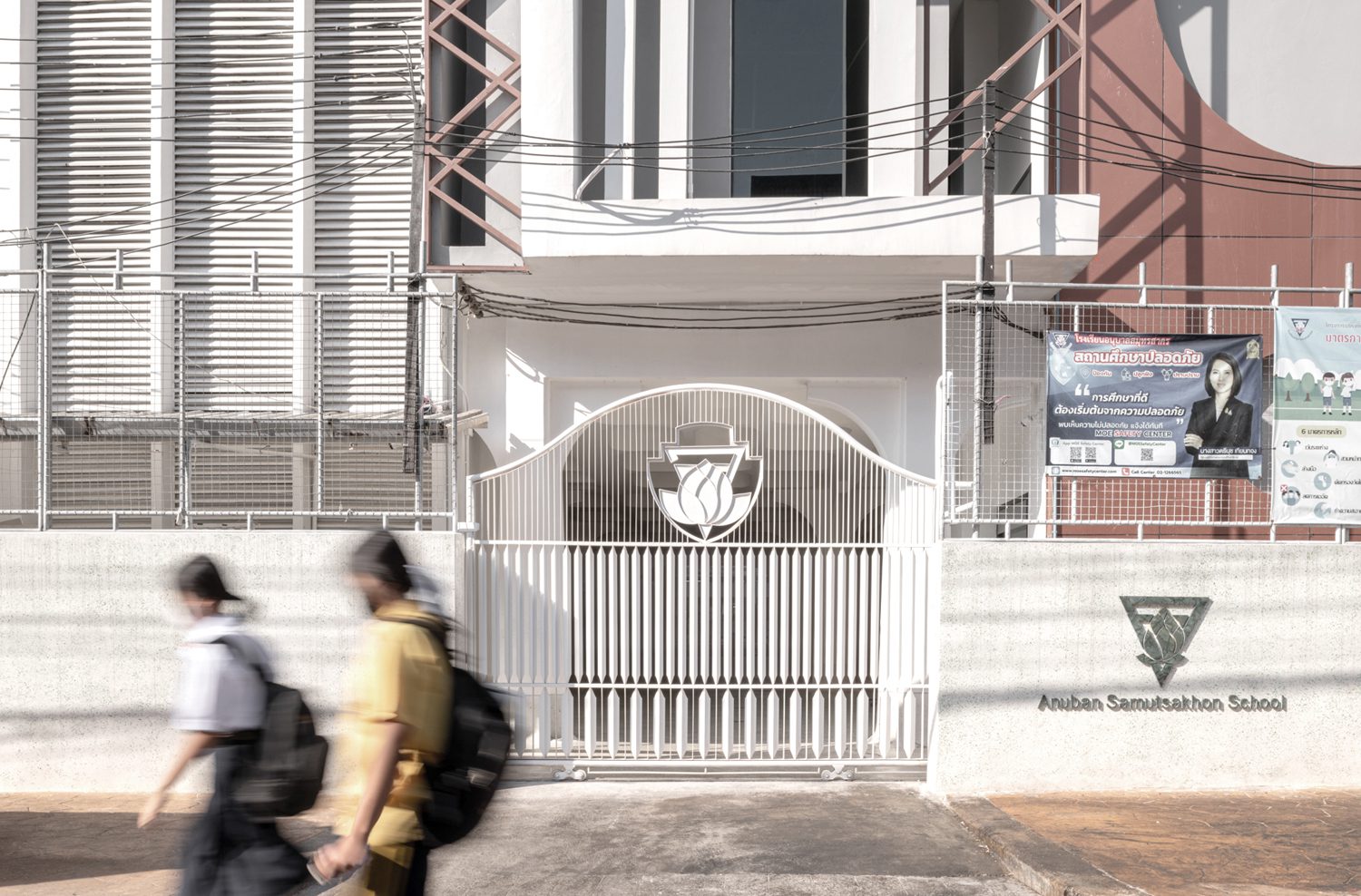
VIRADASTUDIO
TEXT COURTESY OF VIRADASTUDIO
PHOTO CREDIT AS NOTED
(For Thai, press here)
WHO
We’re Viradastudio, a design company with a focus on interior design.
WHAT
We focus on residential design because we want to bring people happiness, which starts at ider of interior design services for residential homes. But our venture over time has grown into other genres of design such as resorts, retails, cafes, restaurants, offices and hotels.
WHEN
The company was established in 2019.
WHERE
Our office is based in Bangkok.
WHY
We believe in our ability to help people gain happiness from their own personal spaces and through public spaces.

BODYtune China Town | Photo: Ketsiree Wongwan
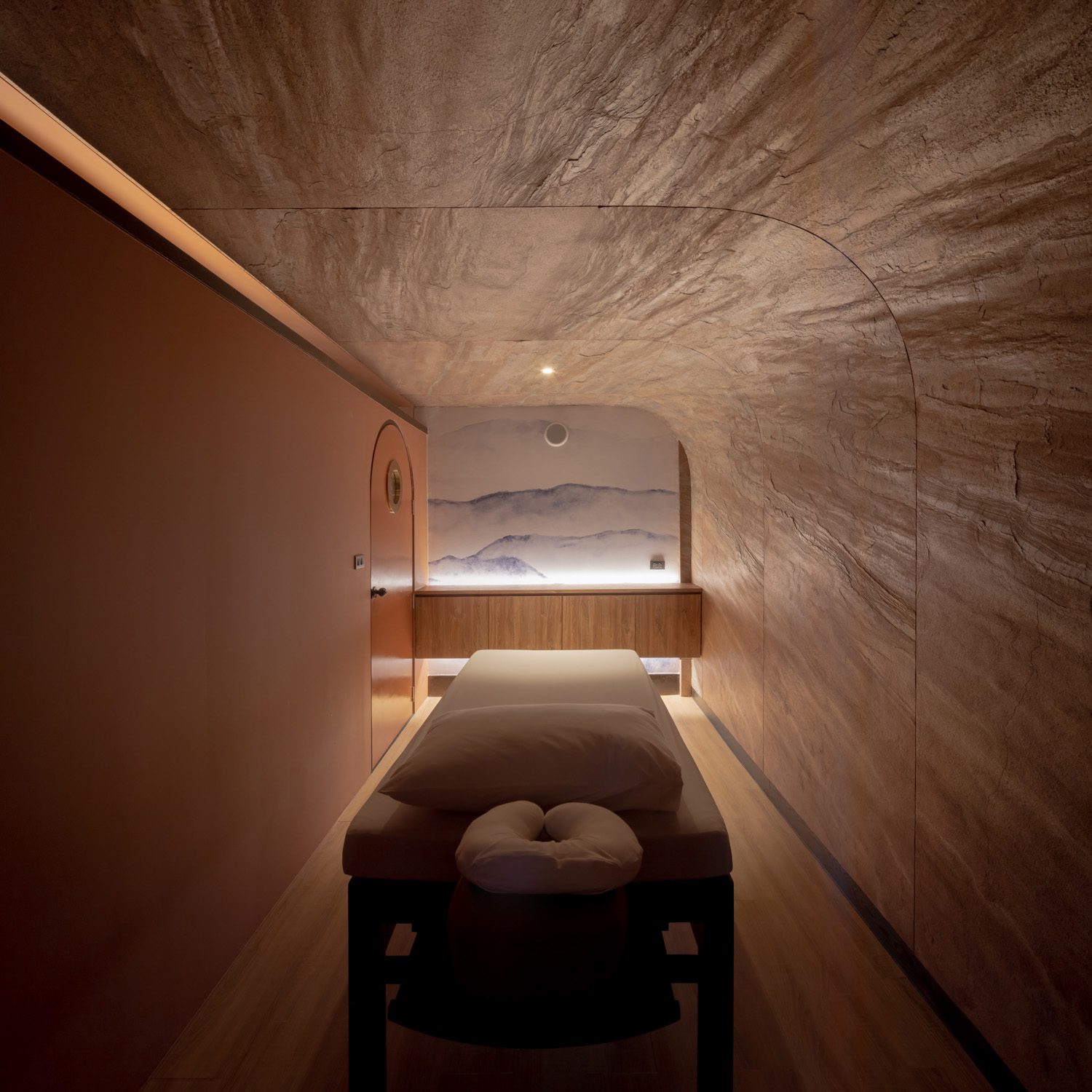
BODYtune China Town | Photo: Ketsiree Wongwan
How do you define “creativity”?
“Creativity” in our view is finding solutions and making possibilities a reality.
The three words that define your work philosophy?
Happiness | Understanding | Possibility
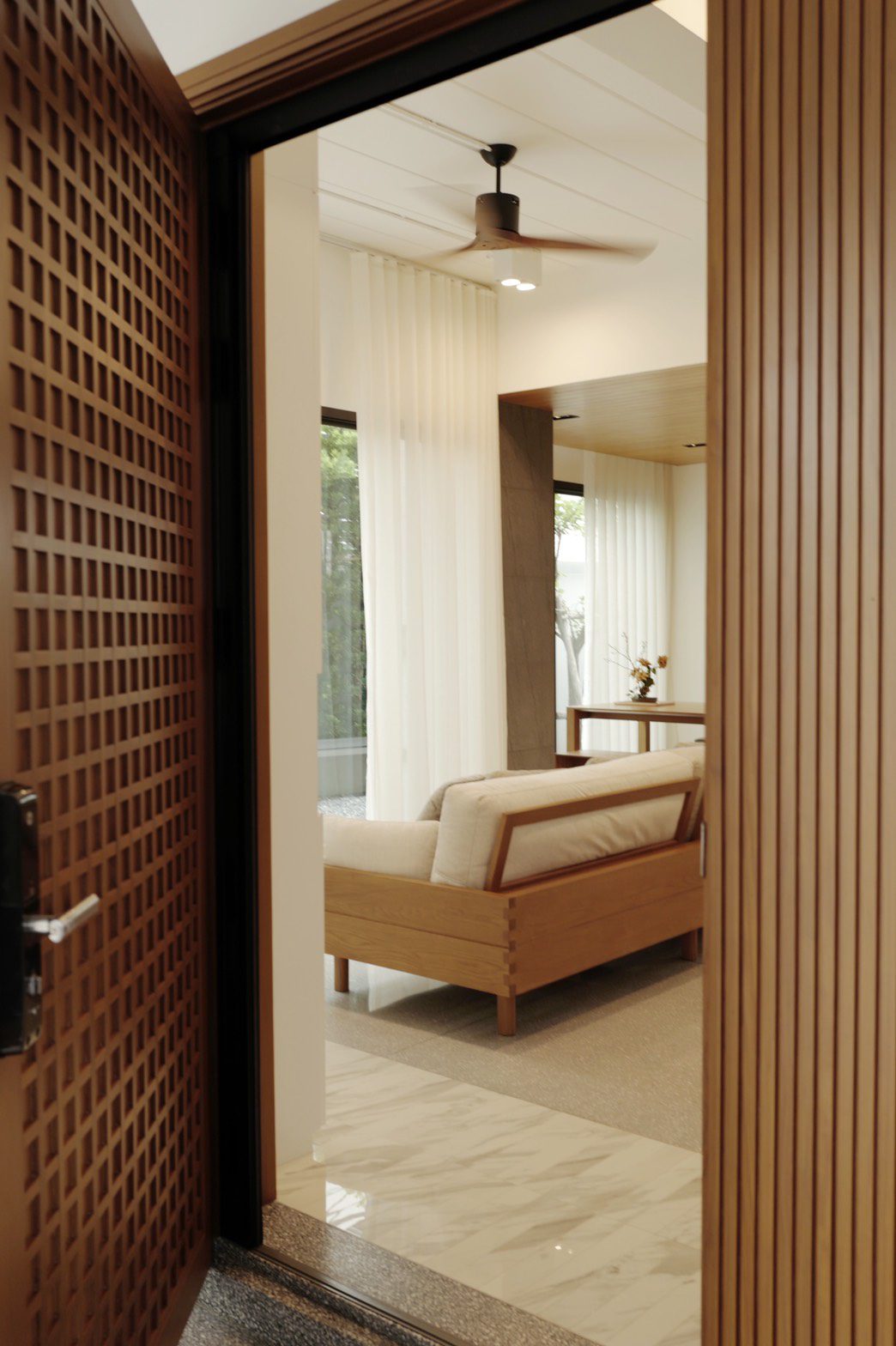
Just-In-Case Home | Photo: Chalermkit Pokamas
What do you think is the most fun aspect of interior design?
Working out the solutions and challenges that comes with each project to fulfill its requirements.
What is the project you’re the most proud of and why?
Each of the works we complete creates some sort of value and brings happiness to both the owners and our team.
Where will you go or do if you have a creative block?
Running in a park.
If you could invite a “creative” individual to have a cup of coffee with, who would it be and why?
If I could, I would invite Christian Liaigre because I’ve always admired his work and style.

Kanissu Ice cream Café | Photo: Natdachat Chatpawee
THE NEXT STEP OF OPENBOX
LOOK AT THE NEXT STEP OF OPENBOX WITH ITS SIX VETERAN ARCHITECTS PROMOTING TO THE STUDIO’S ASSOCIATE TEAM, UNDER THE GUIDANCE OF THE TWO FOUNDERS, RATIWAT AND PRANG SUWANNATRAI
THE STANDARD, BANGKOK MAHANAKHON
A GROUNDBREAKING HOTEL WITH THE TAGLINE “ANYTHING BUT STANDARD” THAT DEVIATES ITSELF FROM THE NORM OF MOST HOTEL CHAINS, BY WHICH INTEGRATING ART, MUSIC, FASHION, AND DESIGN TO CREATE A SPACE WHERE PEOPLE CAN FEEL LIKE THEMSELVES IN THEIR OWN WAYS
STUDIO FINE ART
TEXT & PHOTO COURTESY OF STUDIO FINE ART
(For Thai, press here)
WHO
We’re a small design company.
WHAT
We provide interior design services and are now starting to take on architectural projects.

Baan Vibhavadi
WHEN
We have been operating as a studio for five years now.
WHERE
At 33 Space, the creative office campus on Soi Pradipat 17.
What is your definition of “creativity”?
Thinking in order to find a solution is what creativity is all about.
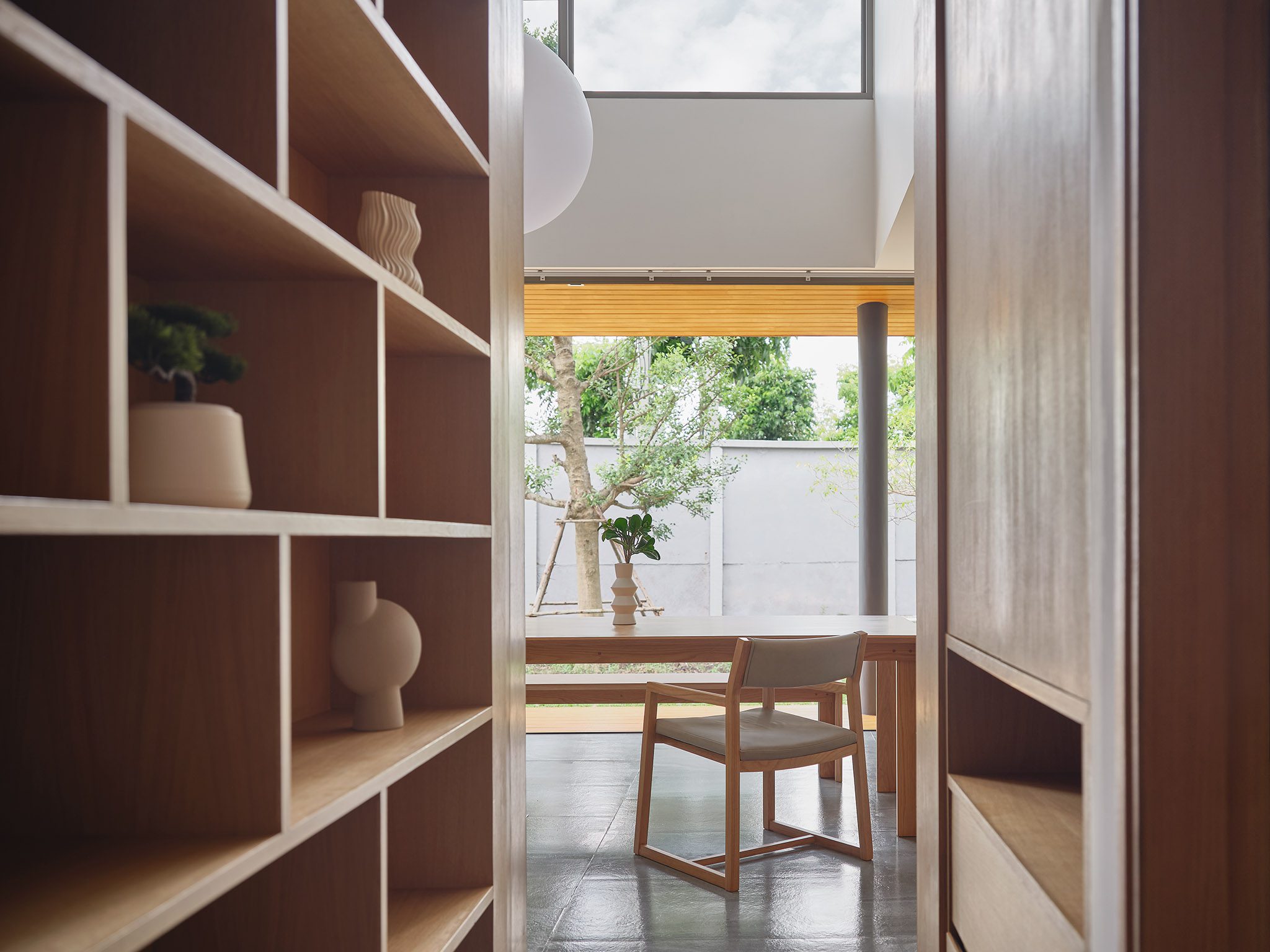
Baan Vibhavadi
When it comes to work, what are your inspirations?
My inspiration at the moment is handing over the work to our clients and seeing how happy and satisfied they are. It makes us want to keep developing ourselves.
Three words that describe your work philosophy?
Do Less But Do Good
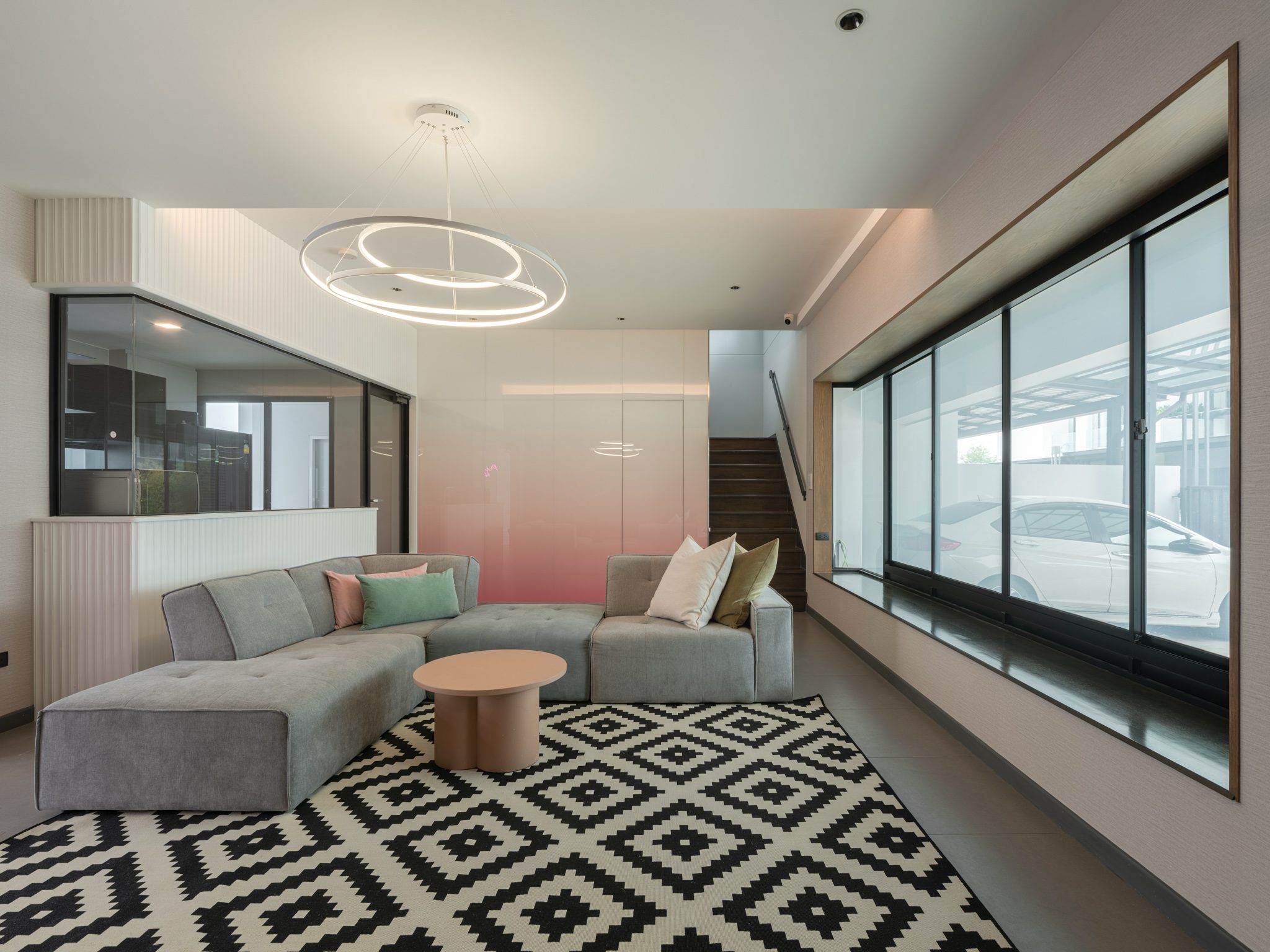
Prima House
What is the project you’re the most proud of?
If we’re talking about pride, each work provides us with a sense of pride in its own unique way. There are projects where we get to learn something new from clients, not to mention the friendships we’ve formed with them, as well as the lessons and knowledge we’ve gained from working with construction teams. As a result, each project is impressive in its own right. Ultimately, the greatest source of pride for me is when a client walks into a house we designed with a smile on their face.
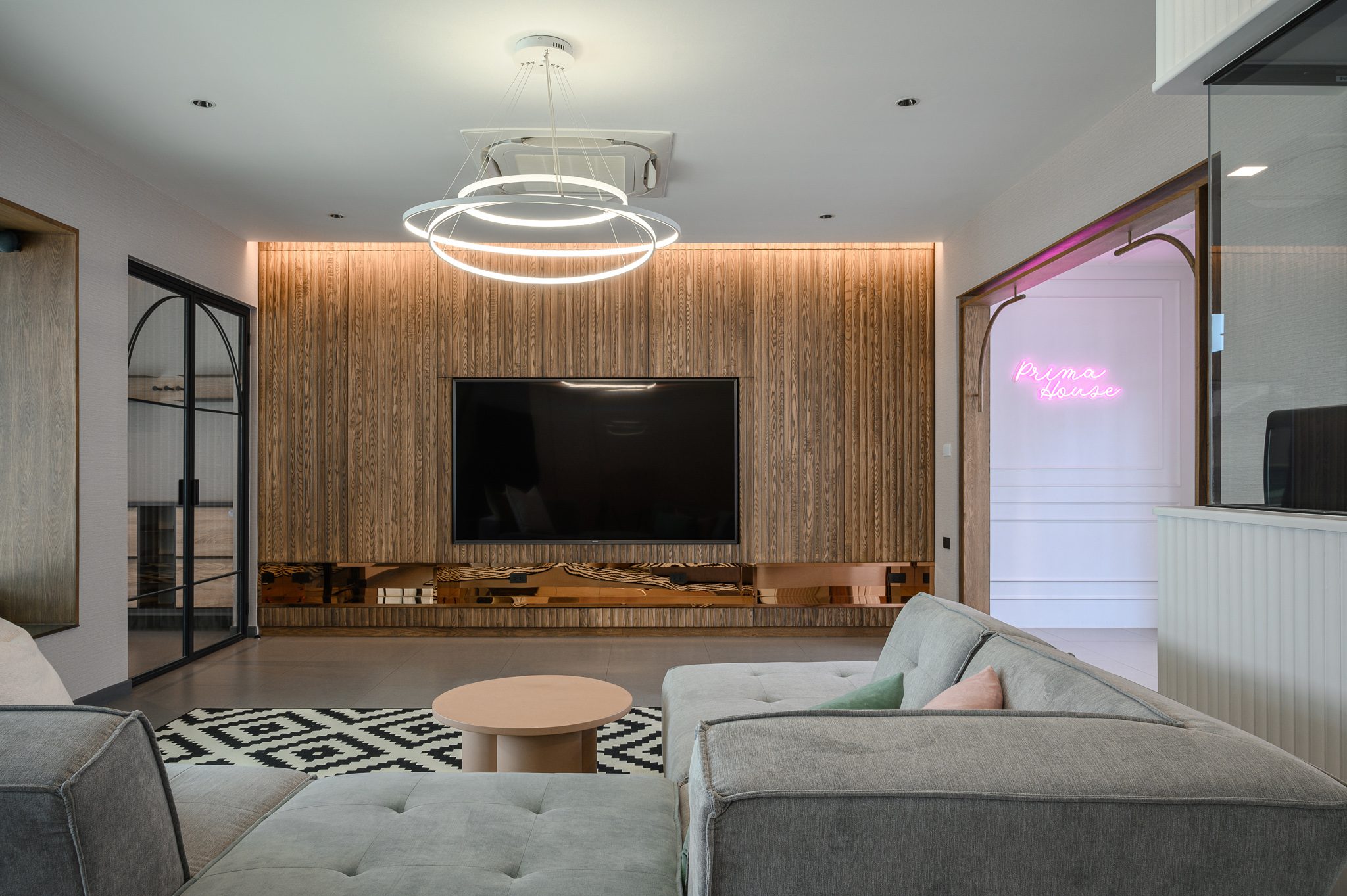
Prima House
What do you do or where do you go when you have a creative block?
Enjoying a cup of coffee or taking a long drive.
Do you have any studios, designers, or creative individuals that you particularly like?
The first one is DUANGRIT BUNNAG ARCHITECT LIMITED (DBALP). I’ve been interested in his work since the first year I began working. I like the simplicity, the sophistication, and the way he uses lines and colors to create clean and simple designs. The other one is Jun Sekino, Junsekino Architect and Design. Jun’s works have inspired me in a number of ways, from the use of materials to the presentation and execution, as well as the charm of contrasted elements of materials, all of which add to the interest of his work. He presents 3D rendering images in an exceptional way that shows everything in one image.

Prima House

